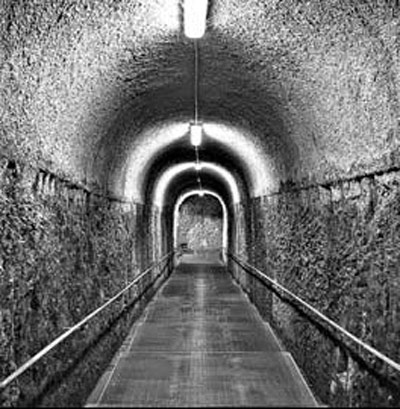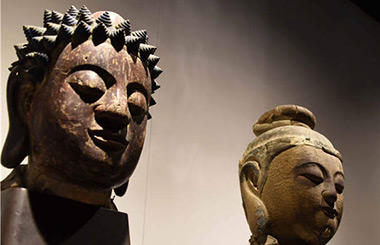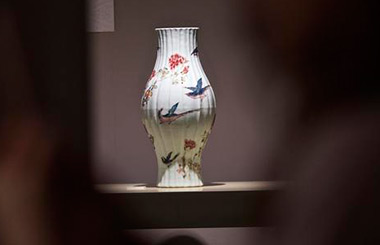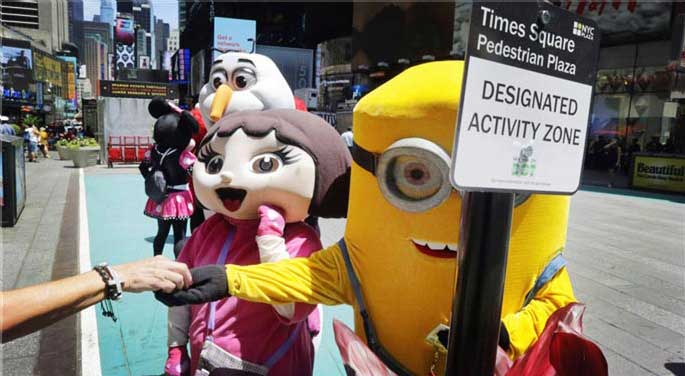Vesuvius site is a model for others
By Elisabetta Povoledo ( China Daily/Agencies ) Updated: 2012-11-26 16:24:26
 |
|
The "invisible work" at Herculaneum focuses on structural elements. A tunnel under the city. |
For many years archaeologists and conservators have undertaken what they describe as "invisible work" here, like installing cost-effective protective roofing or reactivating the Roman sewers so buildings can once again drain rainwater. Rather than focusing on a set of frescoes, say, "we've been reasoning on broader terms," Mr. Camardo said.
In addition to time, the work also took the generosity of the American philanthropist David W. Packard, son of one of the founders of Hewlett-Packard, who has funneled more than $20 million into the project over the past 12 years, creating a team of specialists, nearly all Italian, to reinforce the local staff.
Maria Paola Guidobaldi, the Culture Ministry official who is director of the site, said the support of the Packard Humanities Institute "allowed us to save the site." The Italian government allocates some $4 million a year to Herculaneum, she said, but the Packard funds have permitted conservators to work in a more structured manner.
Crumbling walls and other mishaps at Pompeii have put its preservation problems under an unflattering spotlight. In 2011 the European Union allocated $135 million over four years toward the safeguarding of Pompeii, but experts say the problems go beyond a lack of funds and include issues of management and bureaucratic inertia.
Unesco is studying how Herculaneum could be a model for other World Heritage Sites, particularly in Mediterranean and Arab countries.
For visitors the experience made possible by Herculaneum's conservation can be visceral. "Pompeii is spectacular; Herculaneum more real," said Judy Lawrence of England, who visited both sites this summer. "This place makes you cry."
The New York Times
|
|
|
|
|
|
|
|























 Raymond Zhou:
Raymond Zhou: Pauline D Loh:
Pauline D Loh: Hot Pot
Hot Pot Eco China
Eco China China Dream
China Dream China Face
China Face





